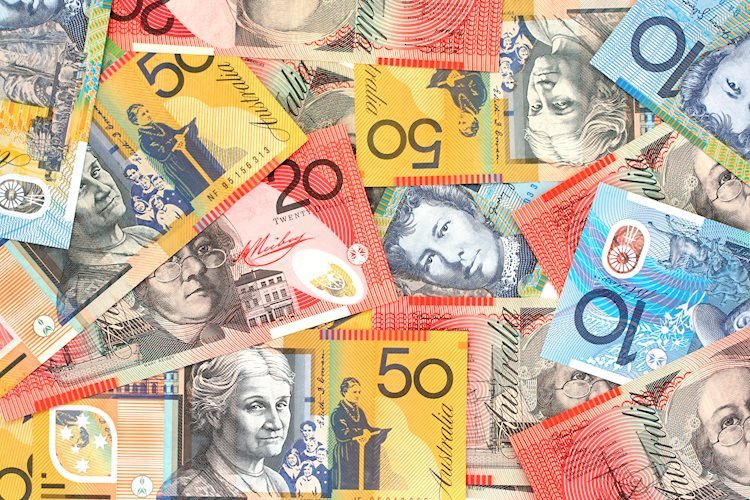




The US dollar has been drifting lower as the market receives additional insights from more Fed officials [d0f8cb0a]. The AUD/USD pair continues its losing streak for the fifth trading session as fears of a global slowdown have deepened after hawkish commentary from Federal Reserve Chair Jerome Powell [8bc99645]. The market's dovish interpretation of the FOMC meeting has not been pushed back by the constant flow of Fed-speak [7129e549]. Investors are shifting their focus to US inflation data for October, which will be published next week [8bc99645].
HSBC believes that the Federal Reserve's easing measures in 2024 will not have a negative impact on the US dollar. They view the potential impact as uncertain rather than a bullish trend for the safe-haven USD [1d1fefec]. The article also includes a disclaimer stating that the information provided is for informational purposes only and should not be considered as investment advice. It emphasizes the risks associated with investing and trading foreign exchange. The article briefly mentions the fluctuation of the EUR/USD and GBP/USD pairs, as well as the decline in gold prices. It also mentions the influence of leadership changes at OpenAI on the price of the Worldcoin token [1d1fefec].
Credit Agricole examines historical FX market trends surrounding past Federal Reserve easing cycles and US recessions, offering a forecast template for the next 6-12 months. The analysis predicts a Fed easing cycle beginning in summer 2024, coinciding with a mild US recession from Q4 2024, and explores the implications for the USD [f18c9788]. By analyzing FX returns during past Fed easing cycles and US recessions, Credit Agricole constructs a stylized template for forecasting FX market behavior in 2024. The onset of the Fed's easing cycle is expected to negatively affect the USD, while the start of a US recession could have a positive impact, creating a complex dynamic for currency traders. Historical instances where a Fed easing cycle did not lead to a landing (soft or hard) for the US economy saw a short-term rally in the USD, indicating potential resilience under certain conditions. A significant risk to consider is the historical pattern where a Fed easing cycle, followed by a no landing scenario, resulted in strong positive momentum for the USD, challenging conventional expectations. Credit Agricole's analysis of 50 years of US economic history offers nuanced insights into the potential FX market dynamics over the next 6-12 months. While the expected Fed easing cycle and a mild US recession suggest mixed directions for the USD, historical precedents highlight the currency's resilience in no landing scenarios. Investors and traders are advised to prepare for complex interplays affecting the USD amid evolving economic conditions [f18c9788].